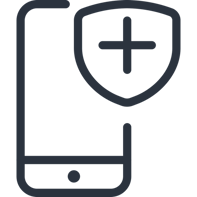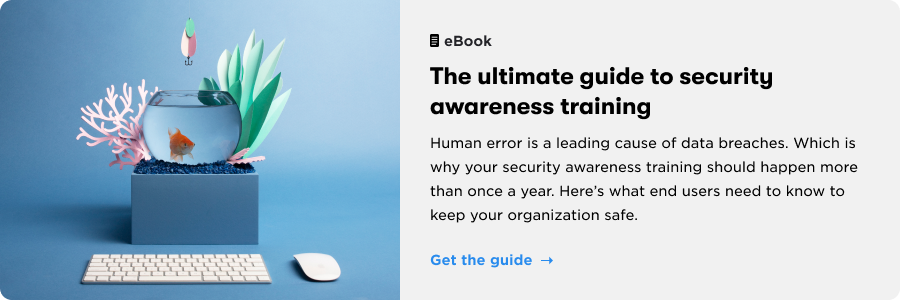There are over 300 million fraudulent sign-in attempts to Microsoft cloud services every day. Whoa.
Cyber threats are the real deal. All it takes is a single compromised log-in, and you could be facing a costly breach. In fact, the average cost of a security breach is $3.92 million.
Complex passwords aren’t enough anymore. If you’re focused solely on passwords, it’s time to rethink your strategy.
Why Multi Factor Authentication?
Multi Factor Authentication (MFA) can block over 99.9% of account attacks. And yet, only 38% of organizations use it. Why? “There’s a misnomer that [MFA] can be complicated and that it’ll get in the way of user experience.” Richard Kaufmann, CISO, Amedisys. In reality, it’s a seamless experience.
What is Multi Factor Authentication?
 Think of your organization’s data like a castle. If passwords are the walls surrounding the castle, the moat and drawbridge are MFA. It’s one more obstacle cybercriminals must combat.
Think of your organization’s data like a castle. If passwords are the walls surrounding the castle, the moat and drawbridge are MFA. It’s one more obstacle cybercriminals must combat.
81% of breaches happen because of weak or stolen passwords. If a hacker tries to compromise the account holder’s password, the second layer of authentication keeps them from being successful. It’s the one-two punch against cyber security attacks.
How does it work?
There are many ways to implement MFA at your organization. There are a few different methods of authentication that can be used. This can be customized to create the right set up for your organization. There are typically 3 authentication factors:
- Knowledge – like a password or PIN
- Possession – like a badge or smartphone
- Inheritance – like fingerprints or voice recognition
While the methods may vary, the results of MFA are the same.
Multi Factor Authentication in Practice
You may have already experienced Multi Factor Authentication without recognizing it as such. Online banking, social media, and other accounts you use in your personal life have adopted MFA. What does it look like?
 To log in, you would:
To log in, you would:
- Enter your password.
- Receive a random code (usually via SMS).
- Provide that random code to finish logging in.
For an organization, this process can be even more streamlined. For example, Microsoft’s Authenticator App allows users to approve a sign-in attempt with push notifications, biometrics, or one-time passcodes. If you have a Microsoft 365 subscription, you can enable MFA for free.
Don’t Forget Your People
95% of cyber security breaches are due to human error. You can only do so much as a CISO team. At the end of the day, a user has to protect themselves and the company. Security is everyone’s job, and collaboration is how to accomplish that job.
Educating your users is a difficult task. Especially because your users, for the most part, will not understand how technology benefits them. You need to do the homework and connect the dots. How does the technology help them with their job?
That’s what BrainStorm helps you do. We’re with you every step of the way to keep your users educated and your organization safe. Only 12% of learners can apply skills they learned in a training session to their actual job. That’s why BrainStorm’s SaaS solution uses personalized learning to create a customized, one-on-one learning experience.




